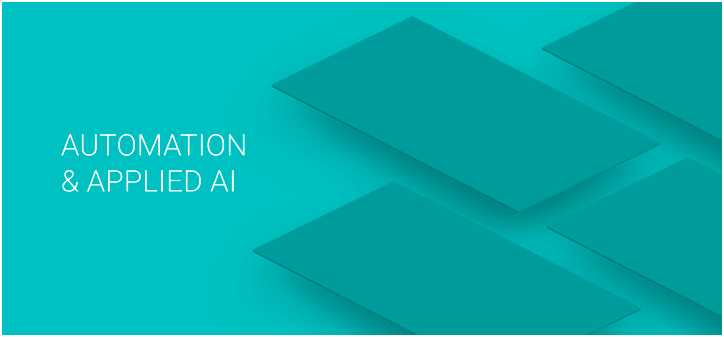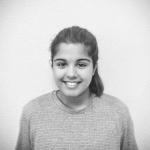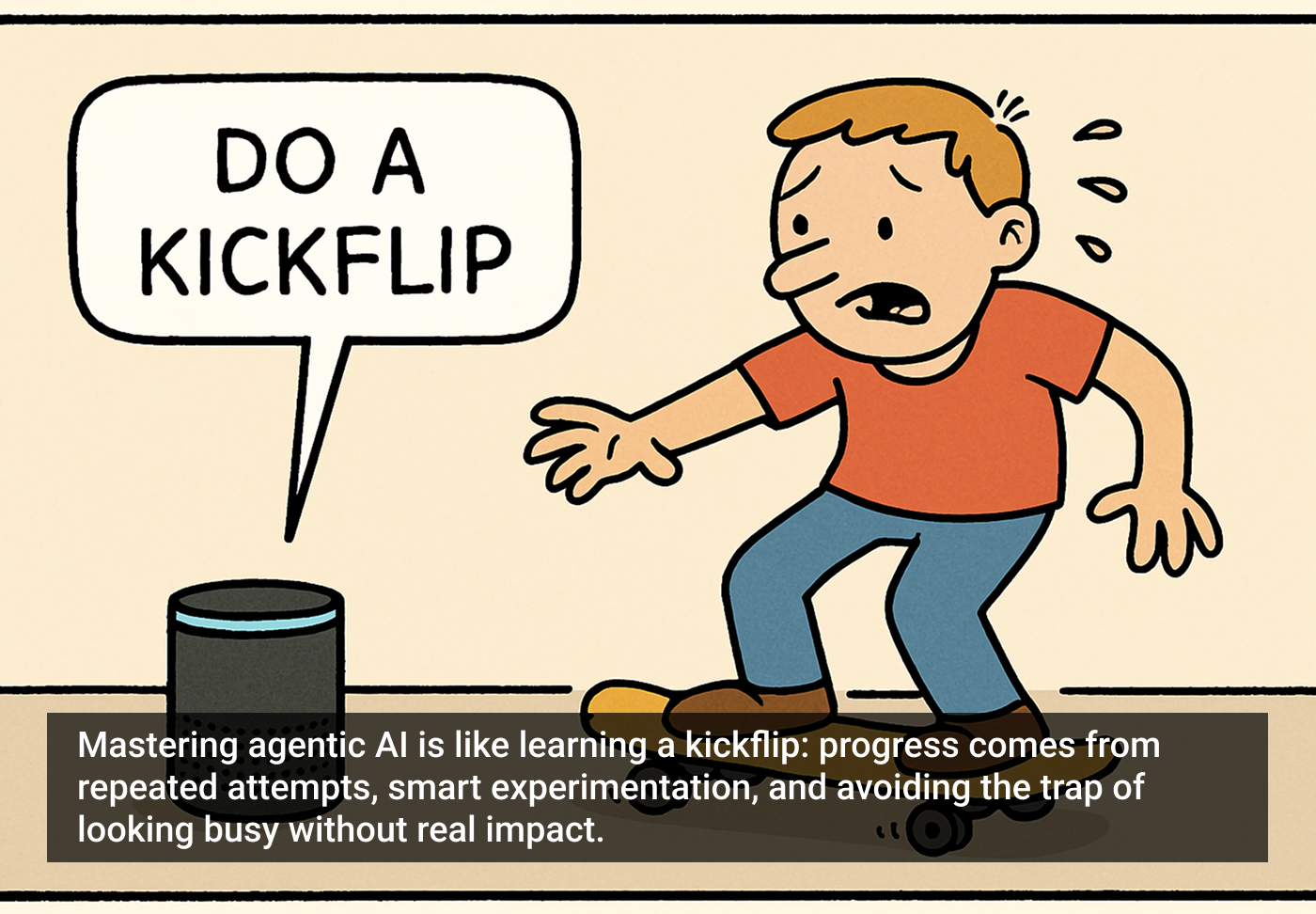
What’s next in the world of web design? Will websites and apps automatically redesign themselves in response to usage patterns? In a word, yes. And it’s all through artificially intelligent web design.
Let’s first take a look at another web design technique that has fast become a household name in web and mobile design, thanks to its ‘slimming’ approach to digital design strategy: Responsive Web Design (RWD). Coined by visionary designer Ethan Marcotte, RWD intends to make screens easier to follow and navigation more fluid through a lesser use of modifications, including resizing, panning, and scrolling. The technique enables us to create designs that support a range of web and mobile devices, and at the same time, take advantage of SEO best practices, thanks to its consistent use of URLs and content for both desktop and mobile. All of this has made RWD one of the most empowering approaches web and mobile adopted in the past decade. But, as Responsive Web design (RWD) starts to age in ‘digital years,’ the time has come to start building sites and apps automatically, by understanding the role of user behavior and intelligent-system engineering.
Applied AI: an introduction
Today, users expect personalization. They’re looking for an experience that is predictive, foreseeable and easy to follow. Better mobile notifications, more actionable emails, and hyper-tailored content are but a handful of tricks of the trade now being implemented in response to the personalization hype. But what if we could make things even simpler? Instead of having a design and development team maintain the site, what if we could automate the web design process?
Well, with artificial intelligence, you can. Sort of. While applied AI has historically been used to carry out tasks in other industries, such as stock trading or medical diagnosis, the technique is being seen more and more in the realm of web and mobile design. There have been recent cases of web design teams processing images, text, and URLs to automatically shape them into unique websites. As Nick Dank from UX Magazine points out: “The move from handcrafting each page of a website to automated personalization based on user behavior is helping to shift the web design industry toward an object-oriented design approach”. We’re seeing designs becoming leaner, more effective and more coherent. We’re not only seeing this shift in web design; other industries such as video and online gaming, public transport and even novel dictation are also taking the plunge!
Applied AI in web design is also removing technical challenges for publishers who want to communicate effectively across a wide range of devices without the burden of having to know how to do all the ‘tech’ themselves. And this is only the beginning. We’re seeing but the first sparks of this automotive revolution in web design, with artificial intelligence web design platforms on the rise. We predict a riot to see who can deliver the best!
Automated website creation
In response to the hype around AI web design, Dan Tocchini has launched his website creator and hosting platform, Thegrid.io. Sergio Nouvel describes it as “a service to build basic websites that makes semantic design decisions based on artificial intelligence. It analyzes your content to detect the best layouts, colors, fonts, and extra imagery for your site, using cleverly chosen design basics” (made by designers) as its foundation. The Grid promotion website reads “The website of the future: it builds itself.”— Cool or creepy?! It’s been online for a while now without launching, and there don’t seem to be any major competitors popping up. Too early? Only a bubble? Only time will tell!
“When something can be successfully automated, it means that its practices and standards are established enough as not to need much human input.” Sergio Nouvel
The design conundrum
Some say that Artificial Intelligence is actually threatening to automate the work of web designers and alienate those joining the job market. But we’re not too sure about this. Can you really replace a human designer with artificial intelligence and machine learning?
Well, no. Let’s be clear: neither automation nor AI web design is going to kill web design, or at least designers. In fact, AI website-building platforms are dependent on designers training them to learn and understand user behavior. Training a computer how to think like a designer boils down to translating design intention into an algorithm that satisfies a broad range of user needs and desires. Nevertheless, there is ongoing criticism of this kind of thinking. A lot of people want to believe that good design is a sort of inexplicable, mysterious magic, yet even our own personal tastes are often heavily influenced by external factors such as society or our upbringing. At the end of the day, successful, aesthetically pleasing designs are actually less random than we think.

AI is fast becoming an important part of the consumer products that we interact with on a daily basis. As Aria Haghighi puts it in his ‘Two Ways Artificial Intelligence Contributes to Great User Experience’: our “experiences with iPhone, Facebook, and search engines are all, in part, powered by AI”. He goes on to explain that most AI applications that users are aware of are “instrumental”. Instrumental apps, that play with interaction such as speech recognition or handwriting recognition, are applications where the “user experience is strongly determined by how well the AI interprets user actions”.
So, what can designers do to stay at the cutting edge? Our two cents: specialize and diversify. Oh, and don’t lose the focus: the user! As we’ve mentioned, for AI web design to work, we need to train computers to ‘learn’ web and mobile usage patterns. So designers, why not augment your skill set by learning to code? And this is just one idea. If you can’t stop the movement, be a part of it! Let’s work towards a future with artificial intelligence.After all, we’re doing all of this in the name of user experience, right?
And above all, don’t forget to value what computers simply can’t achieve: human empathy. Don’t shy away from the user. There will always be a need for great, seamless user experiences, designed by the real deal. Designers will always be required to draw on experiences and manage this across many different channels, designing for the entire user journey, not just a single interaction.
We’ve come a long way from corporate intranets, loading screens and all-flash effects. But has the full potential of web design been reached now with responsive design and automation? Of course not! Web design is constantly evolving. One thing is for sure, though: the user is King. So get involved! Start building prototypes with Justinmind and get the most out of user-centered web design now! Take the tour here.








